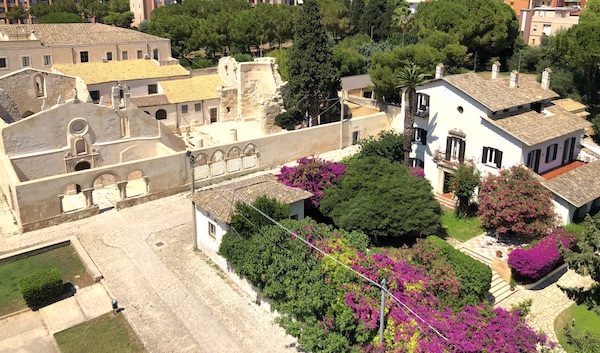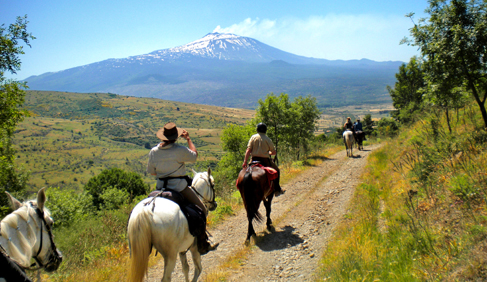
The 10 things you still don’t know about the Arethusa Fountain

The Arethusa Fountain is not simply a beloved site in Ortygia, it is also an important symbol of our city and we are sure that there are many secrets that you do not know about it yet..
Perhaps the monument with the most historical value and nature in Ortigia is precisely the Arethusa Fountain. Recall that the name refers to the myth of Arethusa and Alpheus, which is also the reason why Syracuse and it’s inhabitants are still know to this day by the appellation “aretusea”.
A source of fresh water near the sea, it is definitely a feast for the eyes; moreover, if you think that this source has been one of the main reasons for the colonization of the island of Ortigia, the charm grows exponentially!
Water flows placidly among the papyri plants, ducks and huge fish; it seems that its slow flow towards the sea is an everlasting condition. But instead the source of Arethusa suffered hundreds of transformations and changes; it has played a central role in myths and been the salvation of the population during several sieges and much more.
Curiosities on the most popular fountain of Syracuse
We discover together the 10 most curious facts concerning the Arethusa Fountain:
1) The water of the Arethusa Fountain is actually from the Ciane river that crosses the Porto Grande (main port) under an impermeable layer of clay.
2) The massive defeat which Athens suffered during the siege of Syracuse (414 B.C.) is largely attributed to the enduring physical resistance of the population of Syracuse, thanks to the fact that they could draw water from the source. It was thought that with the help of the miraculous water there would be no chance of the aretusean people entering a humanitarian crisis during the siege.
3) During the Greek and Roman times, the fresh water source was outside the city walls, thus accessible from the sea.
4) In the sixteenth century, the source was divided into channels, used for tanning leather. Some of these are still present and visible at the bottom of some buildings such as the Old wash house on the seafront of Ortigia.
5) In 1169 due to an earthquake, the water that fed the source dried up and disappeared. It only reappeared years later, but from then on the fresh water of the Fountain became brackish, with higher salinity levels than fresh water.
6) The water flow of the source significantly declined after the 1693 earthquake and the water began to dry up.
7) Horatio Nelson shortly before the Battle of Aboukir against Napoleon, stopped in Syracuse and enchanted by the Fountain in which he took refreshment, he wrote the following words: “Thanks to your efforts we have supplied our stocks with food and water, and certainly having drawn to the Arethusa Fountain, we can not miss the victory. ”
8) The head of Arethusa used to be depicted on the Tetadracma, ancient coin of Syracuse in 410 B.C., in which the nymph could be seen surrounded by four dolphins.
9) In 1966 a 500 thousand lire banknote was printed with the depiction of Arethusa.
10) Recently, the flow of the Arethusa spring waters has significantly decreased, probably because of the long periods of drought.
Our beloved source is not just a place full of charm, attractive destination for tourists and place of ecstasy to enjoy at a relaxing walk. It is also a fragile ecosystem, which should be carefully protected.

















